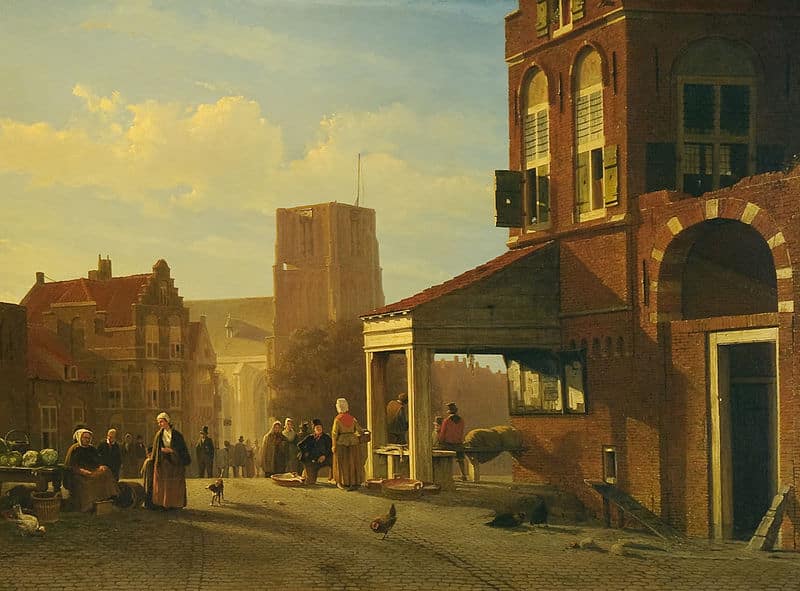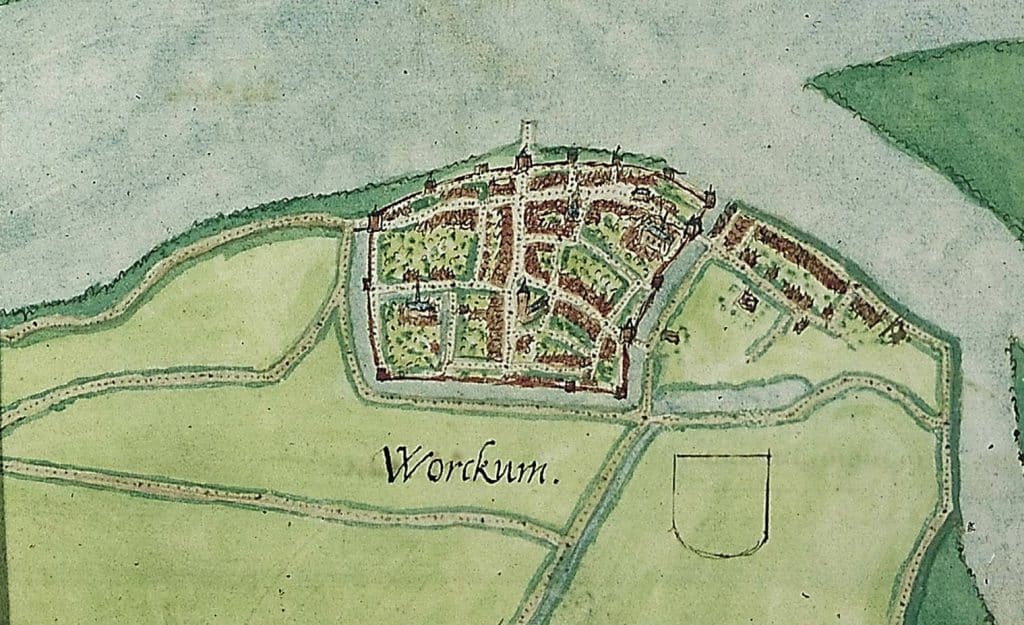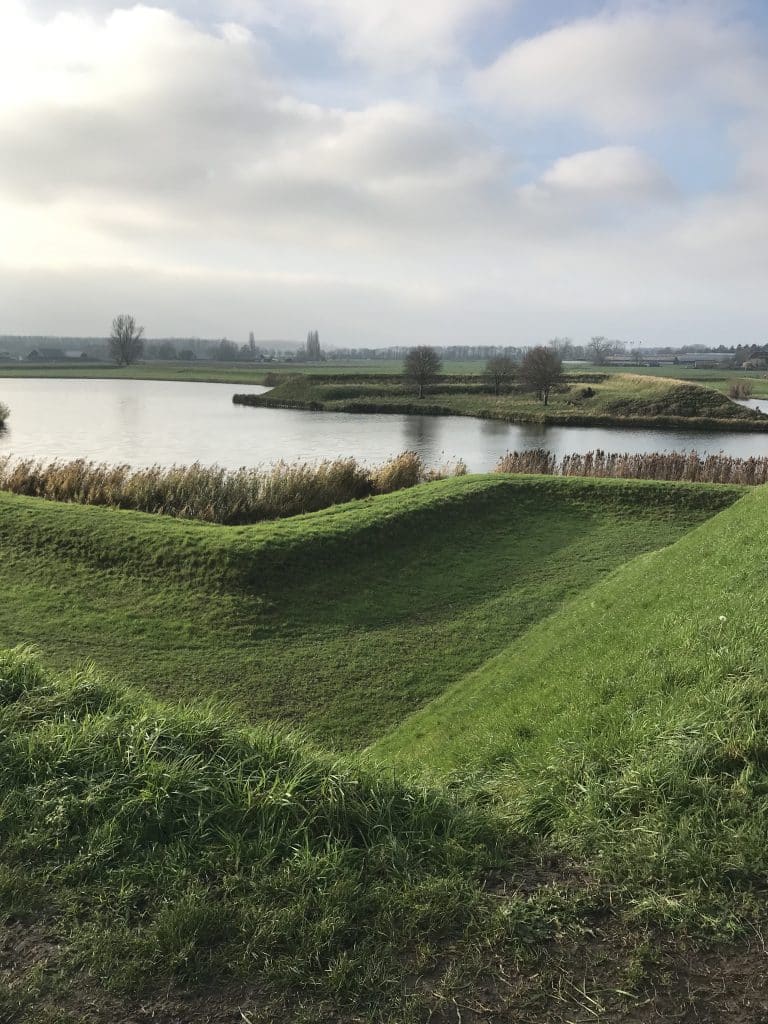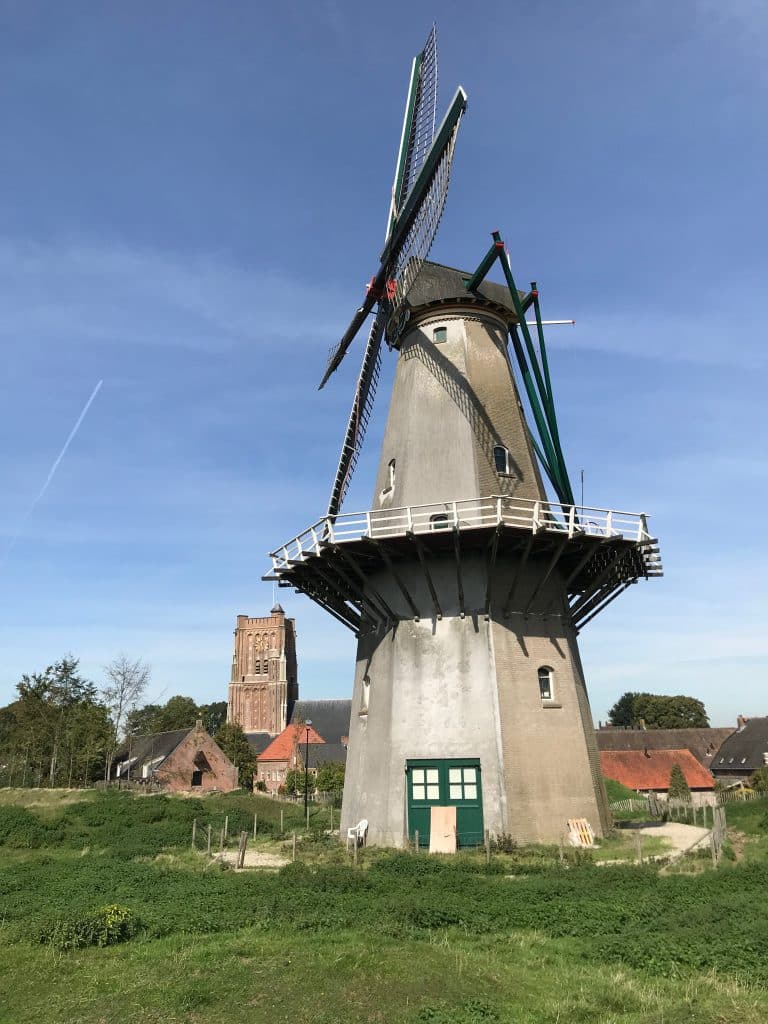Garrison City
As a garrison town, Woudrichem prospered for a long time after the construction of the fortified town. The soldiers stationed in the town brought with them the necessary activity and income. They were accommodated (quartered) with the Woerkum families, who received allowances.
River fishing is also still a good source of income. Consequently, relative peace prevailed until the disaster year of 1672.
In that year, the French under Louis XIV invaded the south of our country. Although Woudrichem remained unscathed, it became painfully clear that the fortified town was inadequate. There is a lack of gunpowder, cannons and transport facilities. But even worse: the defenders realize that the fortifications are too weak. In strengthening them, another 16 buildings have to go. For the safety of the city and the protection of the province of Holland, three gates in the fortified town are moved. In the following years, the city also adds three ravelins, fortified islands in the moat, to the fortifications.





